Description
Balto Flexor – Dog Hinged Hock Brace
WHAT IS IT FOR
The balto brace FLEXOR has been developed to give stability to canine tarsal joints in the event of traumatic or congenital instability.
The adjustable hinges provide full r.o.m. (range of motion) control, allowing for partial or full immobilization of the joint, according to your dog’s needs. Flexor is width-adjustable and length-adjustable, thanks to the upper and lower padding which can be lengthened or shortened on the leg, ensuring an excellent fit.
POST-OPERATIVE USE OF FLEXOR TARSUS BRACE:
Thanks to FLEXOR, flexion-extension movements of the tarsal joint can be regulated or locked into full immobilization, allowing proper healing by reducing stress and excessive strain, depending on your dog’s needs after surgery.
FLEXOR is recommended for postoperative care in case of:
- Tendinopathy of the common calcaneal tendon;
- Tendinopathy of the medial and lateral collateral ligament and long plantar ligament;
- Tarsus instability;
- Subluxation or dislocation of the tarsal joint;
- Reconstruction surgery that requires progressive rehabilitation of tarsal flexion-extension;
- Achilles tendon injury and/or rupture.
CONSERVATIVE TREATMENT USAGE AS AN ALTERNATIVE TO SURGERY:
FLEXOR can be used as an alternative to surgery if your dog is not eligible for other options (for example due to age or previous injuries).
The brace is designed to constrain joint movement while allowing an adequate R.O.M., functioning as a rehab support. FLEXOR is also indicated for conservative treatment in case of ligament injuries, laxity, and neurological disorders, such as hyperflexion or hyperextension, and general tarsal joint instability.
SIZES AND MEASUREMENTS
Available in 3 adjustable sizes
| Sizes | Length A-B | Weight | Breeds examples* |
| XS/S | 8-10 cm | 10-15 Kg | Medium-size Poodle, Shiba Inu, male French Bulldog |
| M/L | 10-14 cm | 15-45 Kg | German Shepherd, Border Collie, Labrador, Goldern Retriever |
| XL/XXL | 14-18 cm | Oltre 45 kg | Saint Bernard, Great Dane, Maremmano Sheepdog |
*Attention the suggested breeds and weights are purely indicative, to determine the size of the brace take the measurements as specified.
HOW TO TAKE THE MEASURES
NB: Measure the distance between the center of the tarsus A and the metatarsus base B with a tape measure.
INSTRUCTIONS FOR USE
PROPER POSITIONING OF THE BRACE PADDING
Prior to use, it is recommended that you follow the instructions below for both sides of the brace.
Use the biggest Allen key to adjust the padding positions and tighten the screws. Repeat on all 4 rods.
WARNING:
- Always keep two screws on each rod while adjusting the padding.
- Use the supplied keys only. The use of screwdrivers could damage the screw thread.

ADJUSTABLE HINGE SETTINGS
Prior to use, it is recommended that you follow the instructions below for both sides of the brace.
Once the proper length has been fixed, please proceed by setting the ADJUSTABLE HINGE with the smallest Allen key.
(before and after surgery)
30° flexion position (FLEX)
45° extension position (EXT)
- Full joint immobilization is recommended when using the brace before and after surgery. Follow your veterinarian’s instructions on
how to immobilize the joint after surgery. - If rehabilitation is required after an extended period of immobilization, please follow the next instructions.
(to be used during rehabilitation to allow step-by-step recovery)
30° flexion position (FLEX)
15° extension position (EXT)
- Use the brace for approximately 20/30 days.
- Afterwards, you can remove the locking screws from both hinges and free the joint.
————————————————————–
BALTO FLEXOR’S USE AS AN ALTERNATIVE TO SURGERY
If your dog is affected by tarsal hyperflexion or hyperextension, Achilles tendon injury, etc., and surgery options are not feasible, the brace can be used as an alternative to surgery by regulating the hinges as follows:
45° flexion position (FLEX)
30° extension position (EXT)
the joint’s flexion and extension degree angle
is either reduced or locked.

BRACE APPLICATION
Prior to use, it is recommended that you follow the instructions below for both sides of the brace.
After setting the length and the central hinge’s degrees, you can put the brace on your dog.
Place the brace on your dog’s leg making sure that the ADJUSTABLE CENTER HINGE is positioned in the center of the tarsal joint.
Secure the brace by starting from the LOWER STRAP . Insert the strap inside the white ring and fasten it tightly.
Repeat the same procedure with the UPPER STRAP.
RECOMMENDED USE
- During postoperative care please follow your veterinarian’s instructions on appropriate usage time. In case of postoperative edema remove the brace until the swelling is reduced.
- Do not remove the stickers showing the hinge degrees and the brace direction.
- Keep the brace clean. Eliminate any hair, especially inside the Velcro parts:
use an appropriate hairbrush every 2/3 days. - Do not machine wash the brace: for proper cleaning remove all padded parts and hand wash them in cold water with mild detergent.
- Do not use screwdrivers or other electrical tools to adjust the screws.
- Do not force the screws during assembly to avoid damaging the thread.
In addition to the 2 allen keys, the package contains a few spare screws. - Do not leave the brace on for an extended period of time: the brace must be worn during the day, especially during physical activity, and it should be removed at night.
- Do not leave your dog unattended for a long period of time while wearing the brace: your dog could try to remove it by biting or scratching the brace.
PRODUCT VIDEO



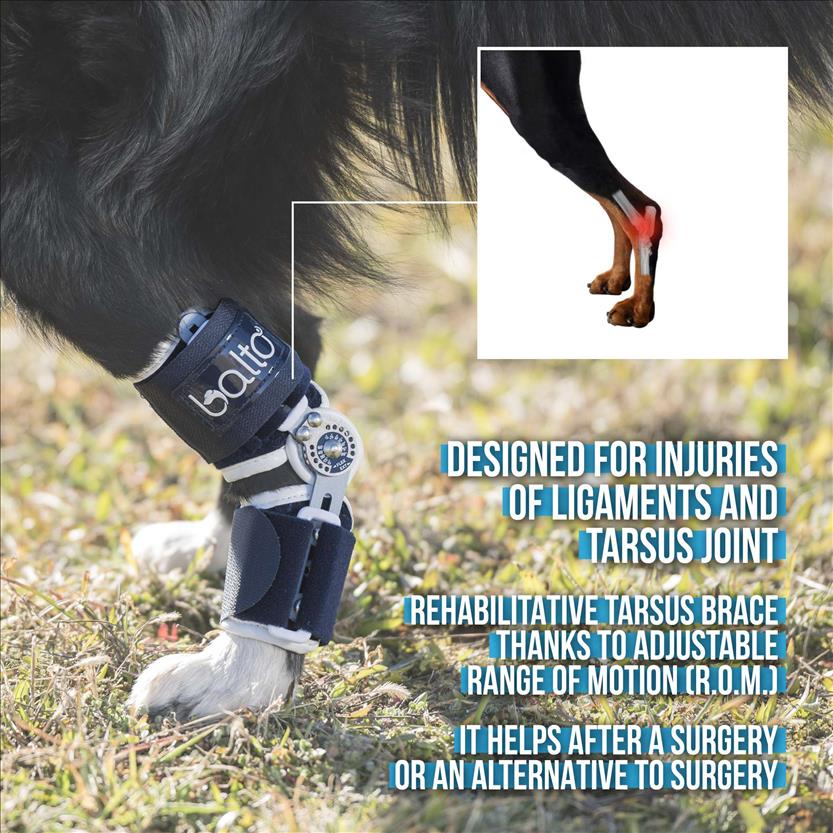
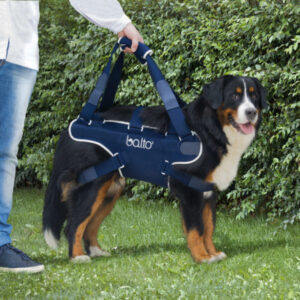
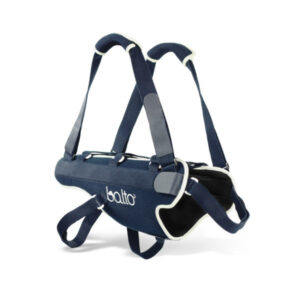
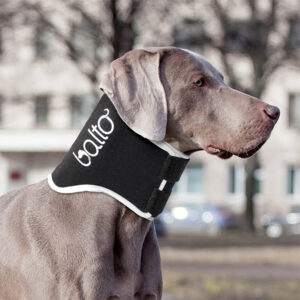

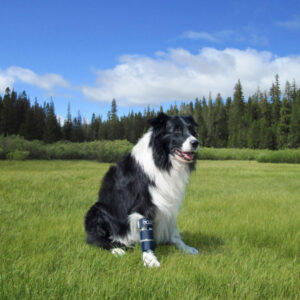
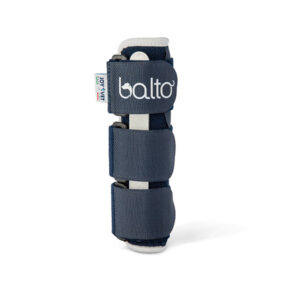
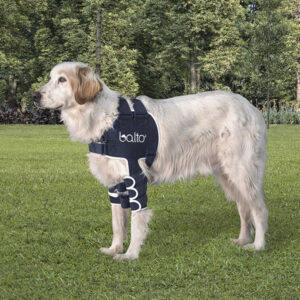

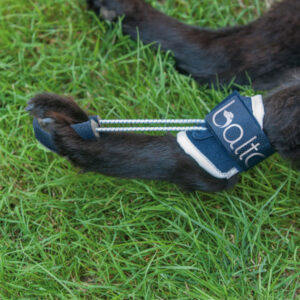
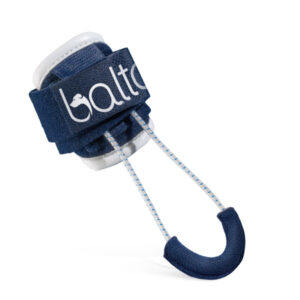
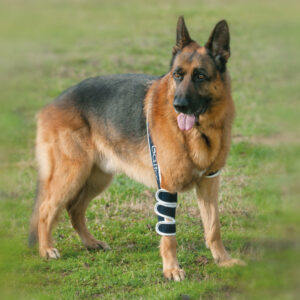
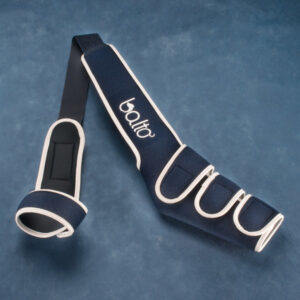
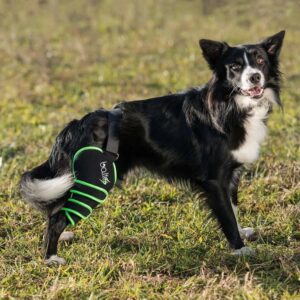
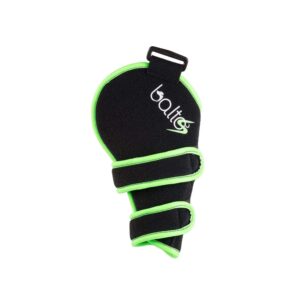
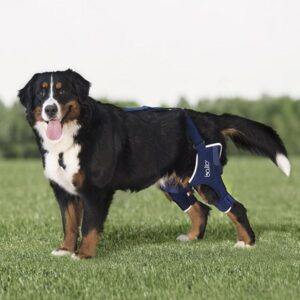
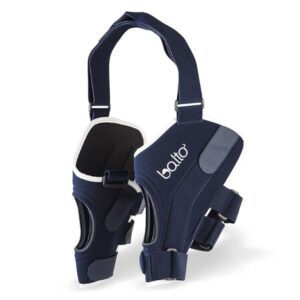
Reviews
There are no reviews yet.